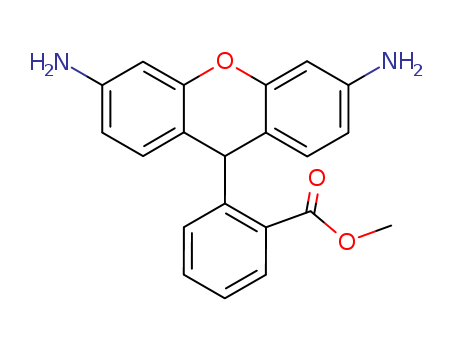Suppliers and Price of Dihydrorhodamine 123
- Business phase:
- The product has achieved commercial mass production*data from LookChem market partment
- Manufacturers and distributors:
-
- Manufacture/Brand
- Chemicals and raw materials
- Packaging
- price
- TRC
- Dihydrorhodamine 123
- 25mg
- $ 265.00
- TRC
- Dihydrorhodamine 123
- 10mg
- $ 130.00
- Sigma-Aldrich
- Dihydrorhodamine 123 - CAS 109244-58-8 - Calbiochem
- 5mg
- $ 344.10
- Sigma-Aldrich
- Dihydrorhodamine 123 ≥95%
- 10mg
- $ 333.00
- Sigma-Aldrich
- Dihydrorhodamine 123 ≥95%
- 2mg
- $ 106.00
- ChemScene
- Dihydrorhodamine 123 ≥98.0%
- 1mg
- $ 50.00
- Chem-Impex
- Dihydrorhodamine123,≥95%(HPLC),suitableforHematology&Histology ≥95%(HPLC)
- 1MG
- $ 54.75
- Cayman Chemical
- Dihydrorhodamine 123 ≥98%
- 25mg
- $ 326.00
- Cayman Chemical
- Dihydrorhodamine 123 ≥98%
- 5mg
- $ 80.00
- Cayman Chemical
- Dihydrorhodamine 123 ≥98%
- 1mg
- $ 29.00
-
Total 13 raw suppliers






